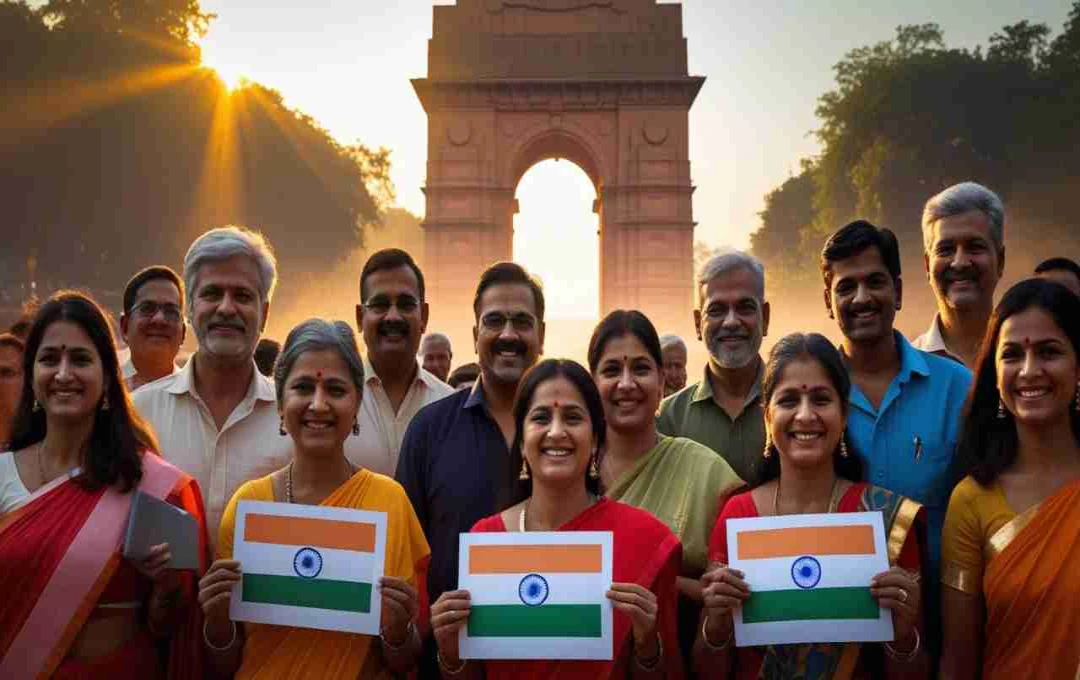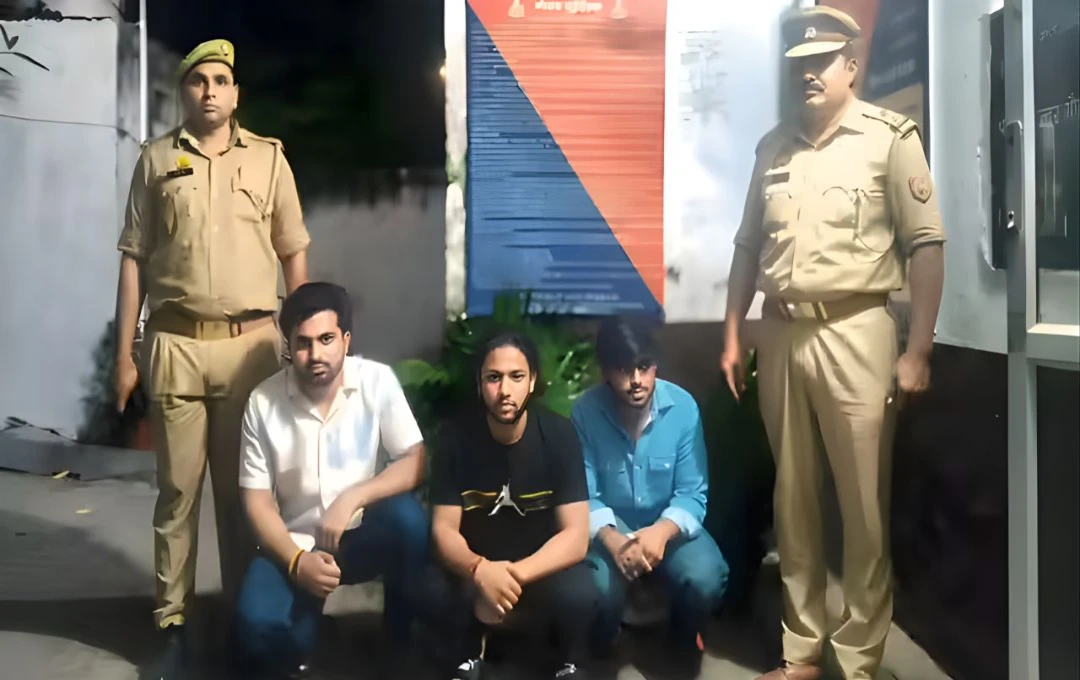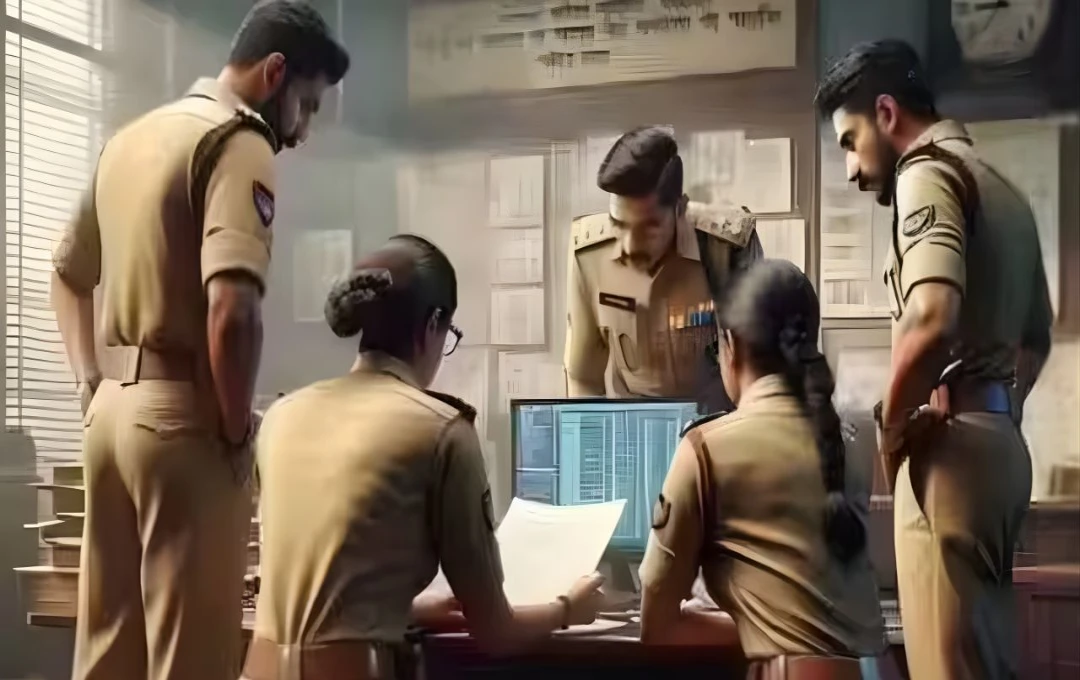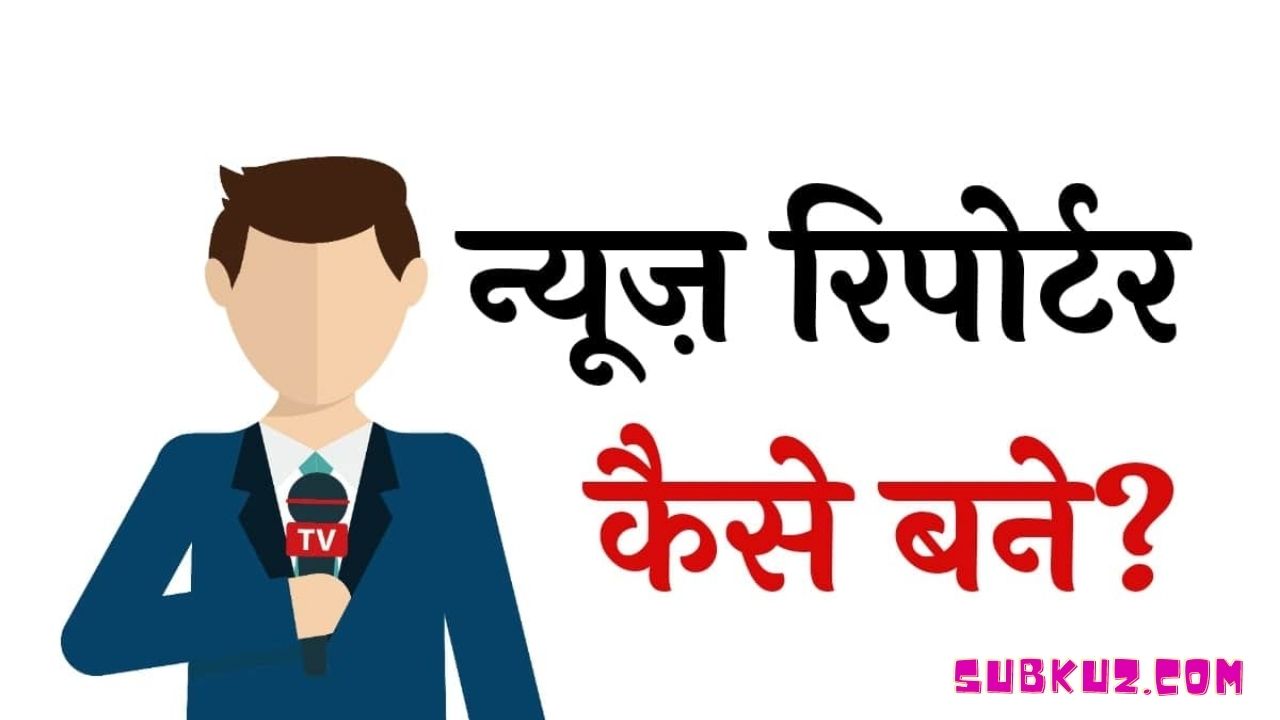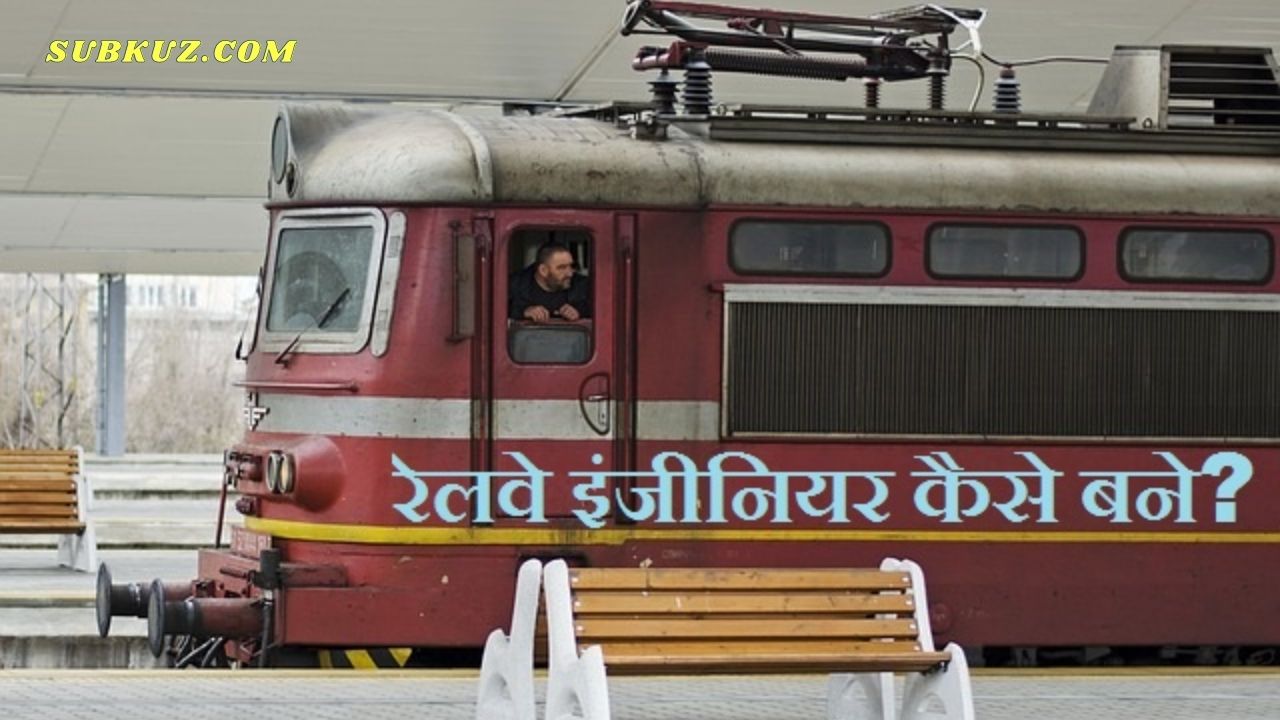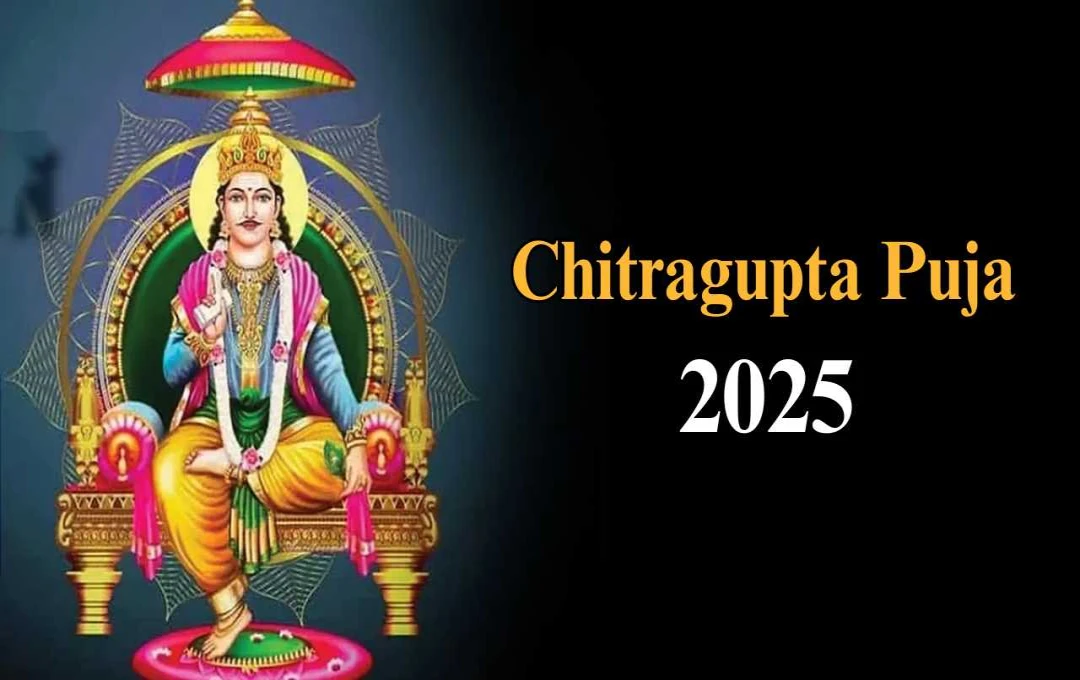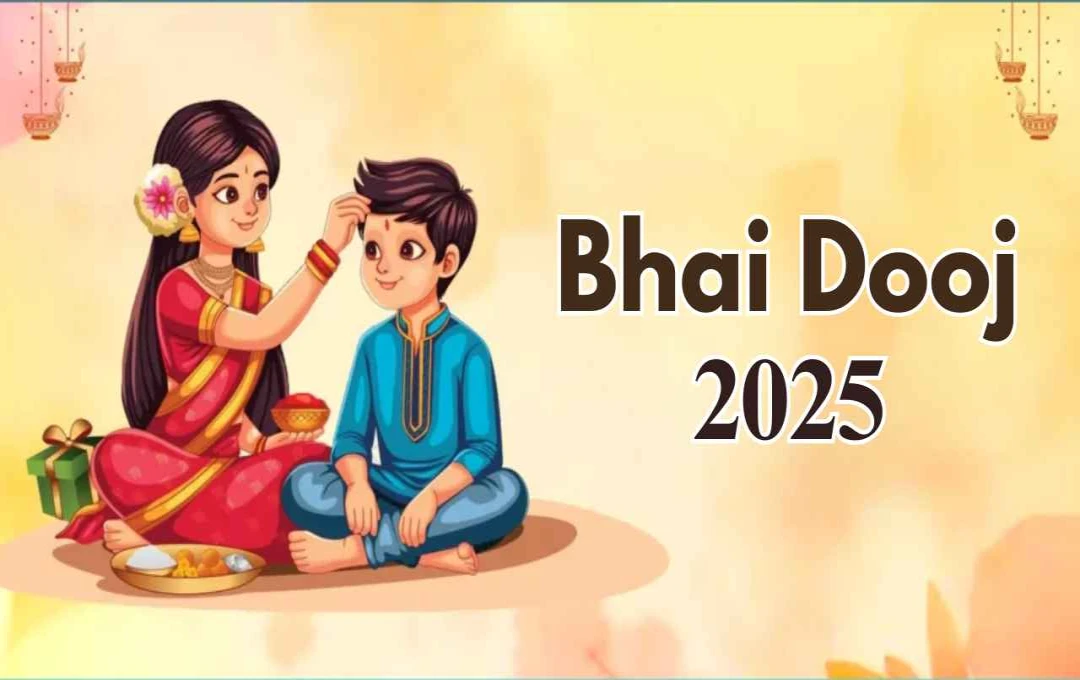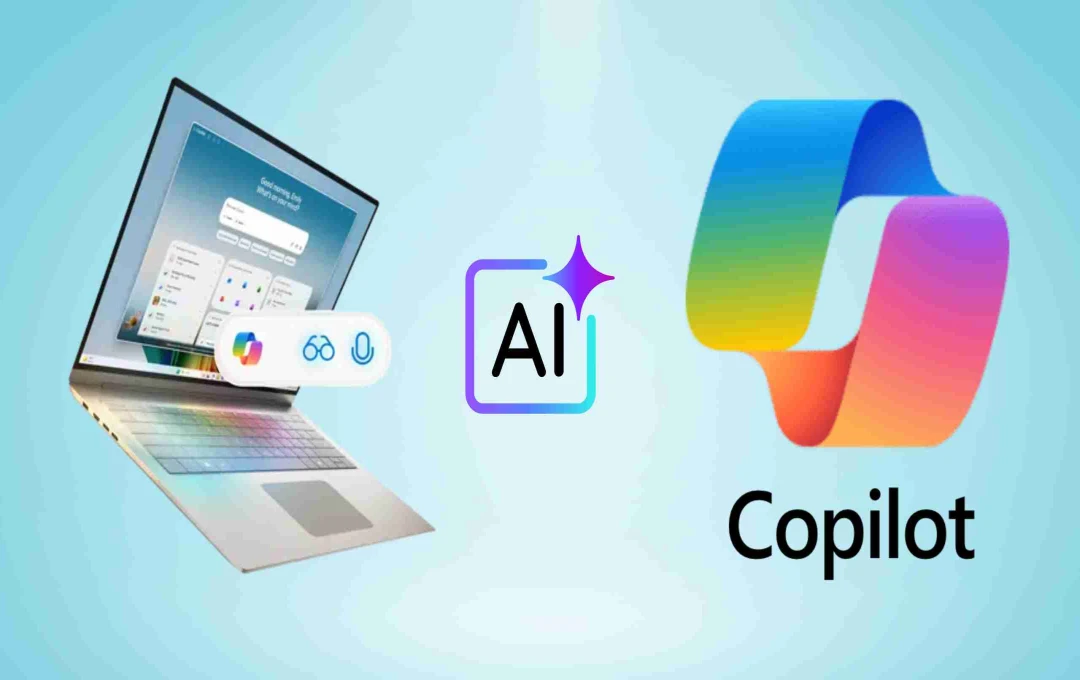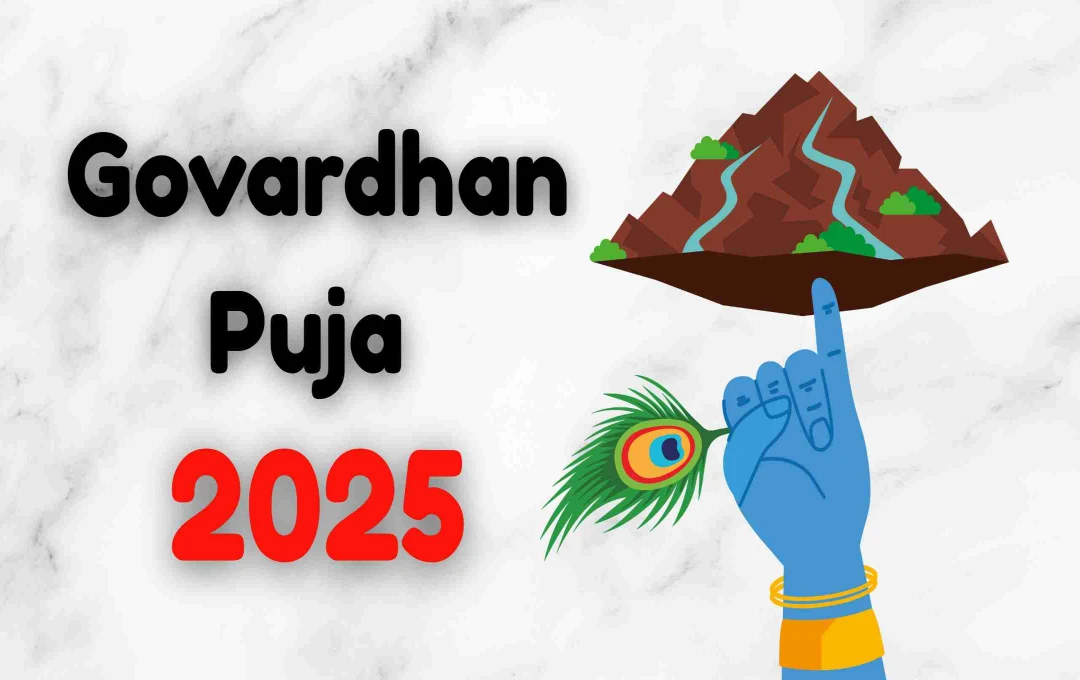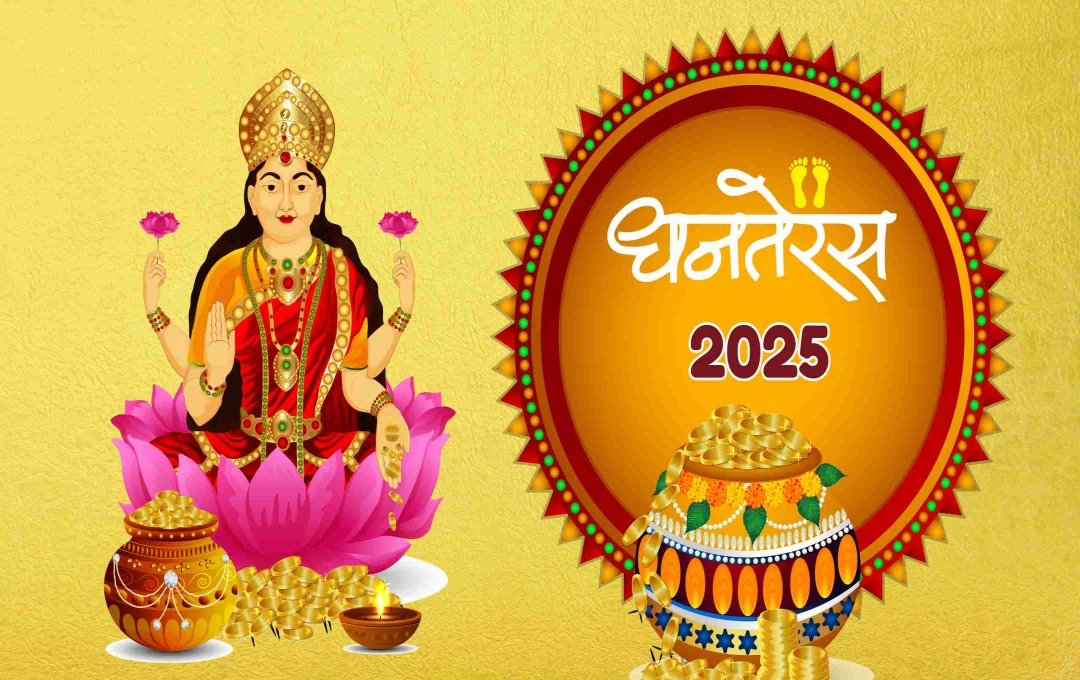Every nation's identity is defined by its language. Language is not merely a medium of communication; it is also the bearer of culture, tradition, and civilization. In a diverse country like India, numerous languages and dialects are spoken, but Hindi holds the most significant position. The Indian government observes September 14th each year as Hindi Diwas (Hindi Day), reminding us of our pride and duty towards our mother tongue.
History of Hindi Diwas
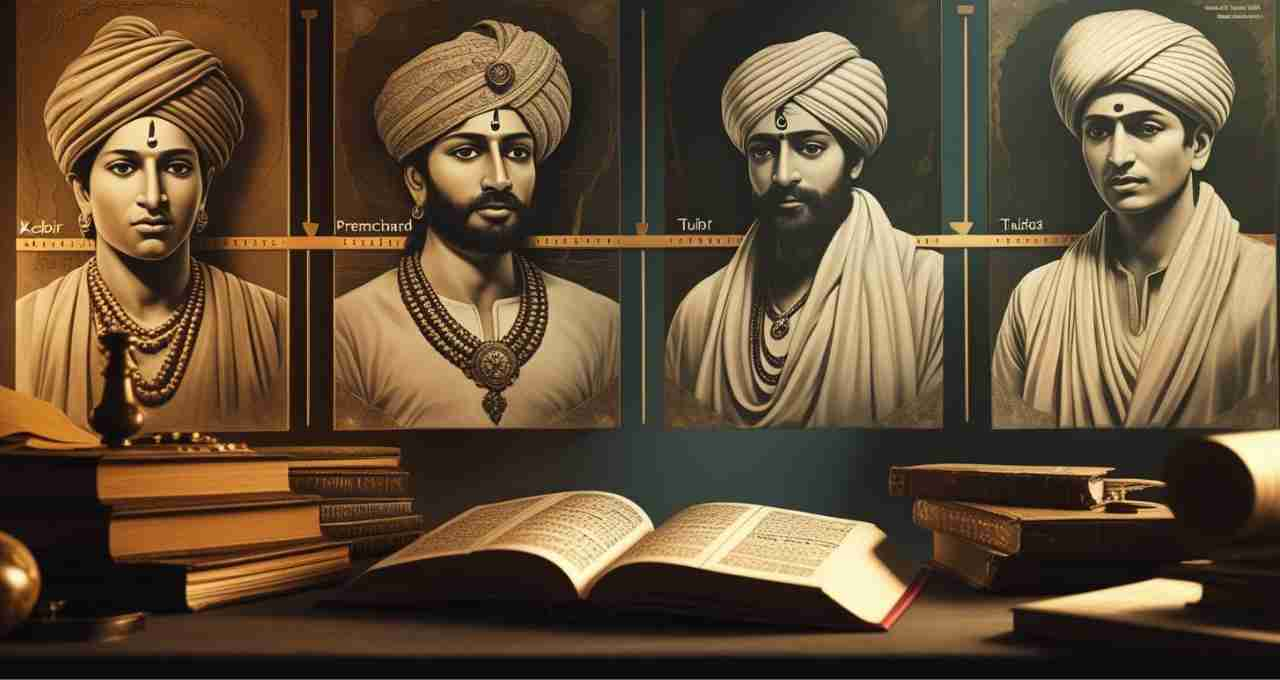
On September 14, 1949, India's Constitution makers made a significant decision, recognizing Hindi as the official language of India. This historical day is celebrated annually as Hindi Diwas. The Rashtrabhasha Prachar Samiti, Wardha, played a crucial role in making Hindi a language of the masses and enhancing its prestige, transforming its promotion into a movement.
Hindi Diwas was first celebrated on September 14, 1953, and has been observed continuously ever since. The purpose of this special occasion is not merely to honor the Hindi language but also to encourage its use in the daily lives of ordinary citizens.
Origin and Development of Hindi
The history of the Hindi language is incredibly rich and ancient. Hindi's roots lie in languages such as Sanskrit, Apabhramsa, and Pali. The early form of the Hindi language emerged between the 10th and 12th centuries, later enriched by literary advancements made by saint-poets like Kabir, Sur, Tulsi, Mirabai, Rahim, and Ras Khan.
During the 19th and 20th centuries, Hindi took on a modern form. It also played a prominent role in India's freedom struggle. Mahatma Gandhi promoted Hindi as a vernacular and national language, portraying it as a unifying force.
Hindi's Position in India
India is a multilingual country, with 22 languages recognized in the Eighth Schedule of the Constitution. Hindi is the most widely spoken among them. According to the 2011 census, approximately 44% of Indians speak Hindi as their first language. Millions more use it as a second or third language.
Hindi is the official language of India, while English serves as an associate official language. Both houses of Parliament can conduct business in Hindi, and efforts have been made to promote its use in government offices.
Objectives of Celebrating Hindi Diwas
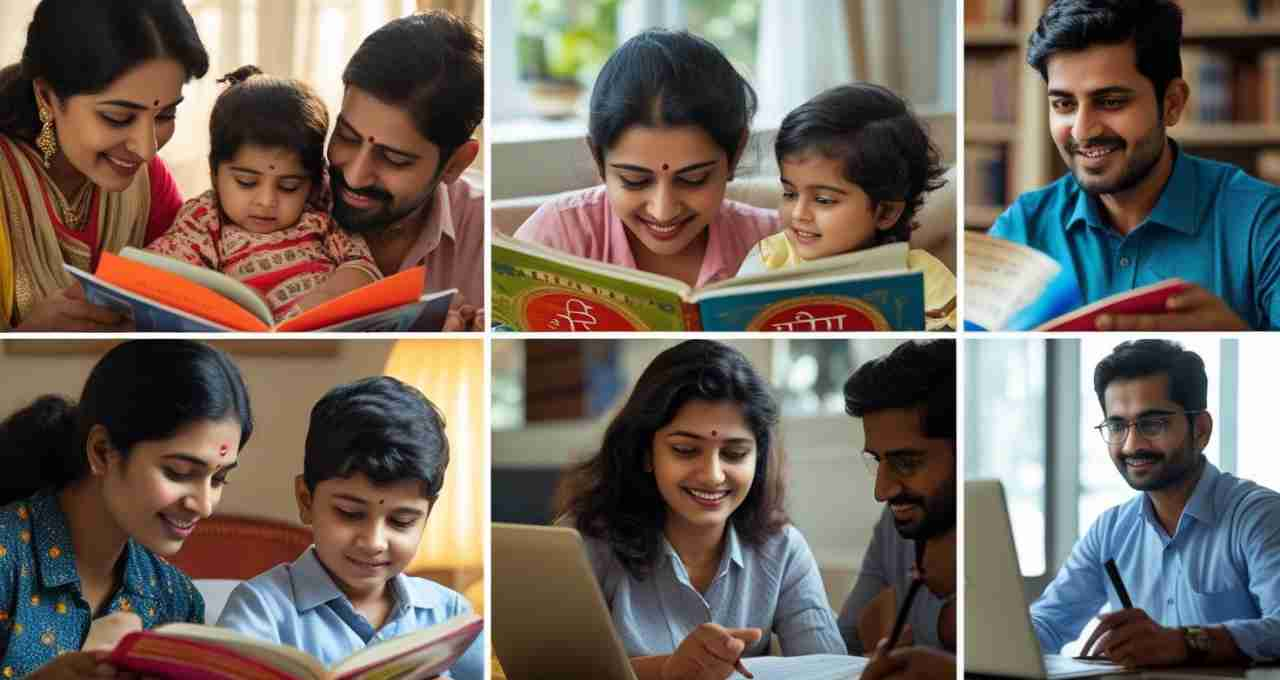
- Hindi Diwas is not merely an event but a linguistic awareness campaign. Its main objectives are:
- To cultivate respect and love for the Hindi language among the general public.
- To encourage the use of Hindi in government and non-government institutions.
- To promote Hindi literature, art, and journalism.
- To make students and youth aware of the importance of their mother tongue.
Events Held During Hindi Diwas
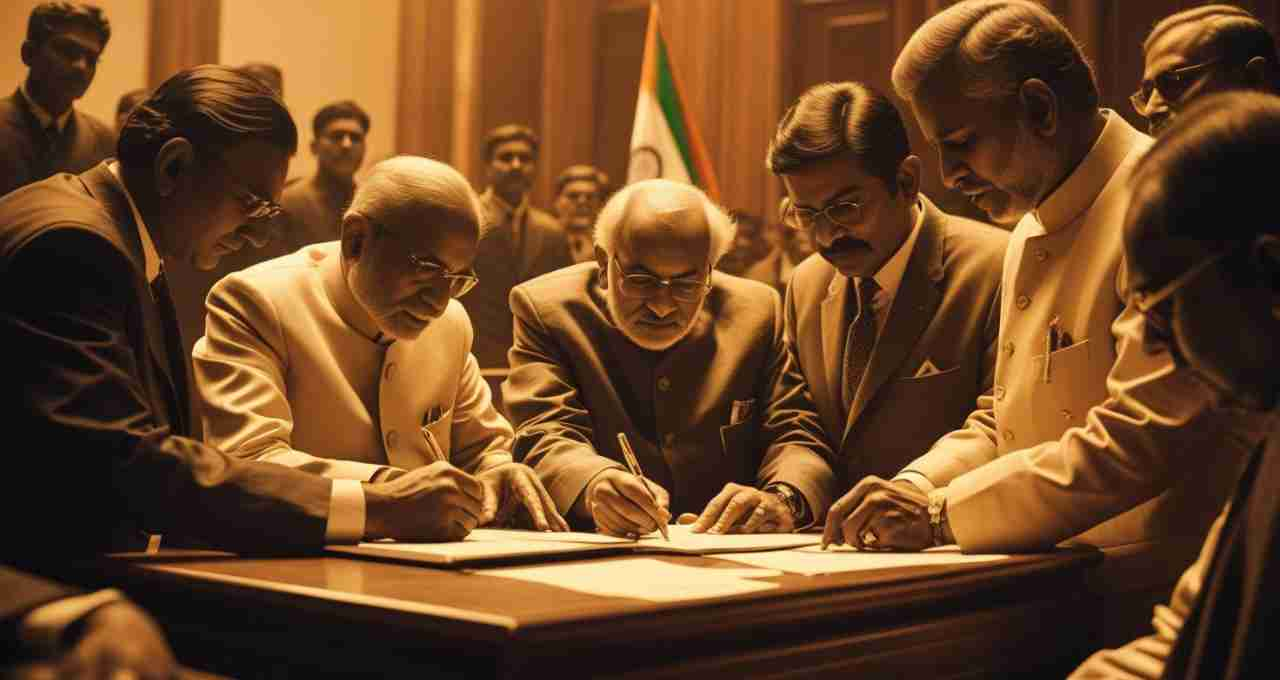
Various programs are organized across the country to mark Hindi Diwas. Government, educational, literary, and social institutions collaborate to make this day memorable.
- School and College Events
On Hindi Diwas, events such as speech competitions, essay writing, poetry recitals, theatrical performances, and debates are organized. These events aim to raise awareness about the language among children and youth.
- Awards in Government Offices
Central and state governments award Rajbhasha Puraskar (Official Language Awards) to employees who promote the use of Hindi in their respective ministries and offices.
- Literary Gatherings
Many literary organizations organize poetry symposiums, story readings, book releases, and literary discussions on this day.
Challenges Faced by the Hindi Language
- While Hindi is being promoted, it faces several challenges:
- Influence of English: The increasing influence of English in education, administration, and the private sector poses competition to Hindi.
- Neglect of Native Words: The excessive use of foreign words in contemporary Hindi writing and speech is affecting the language's originality.
- Lack of Technical Terminology: Equivalent Hindi words have not been developed in science, technology, and the digital world, leading to English dominance in these fields.
Hindi's Role in the Digital Age
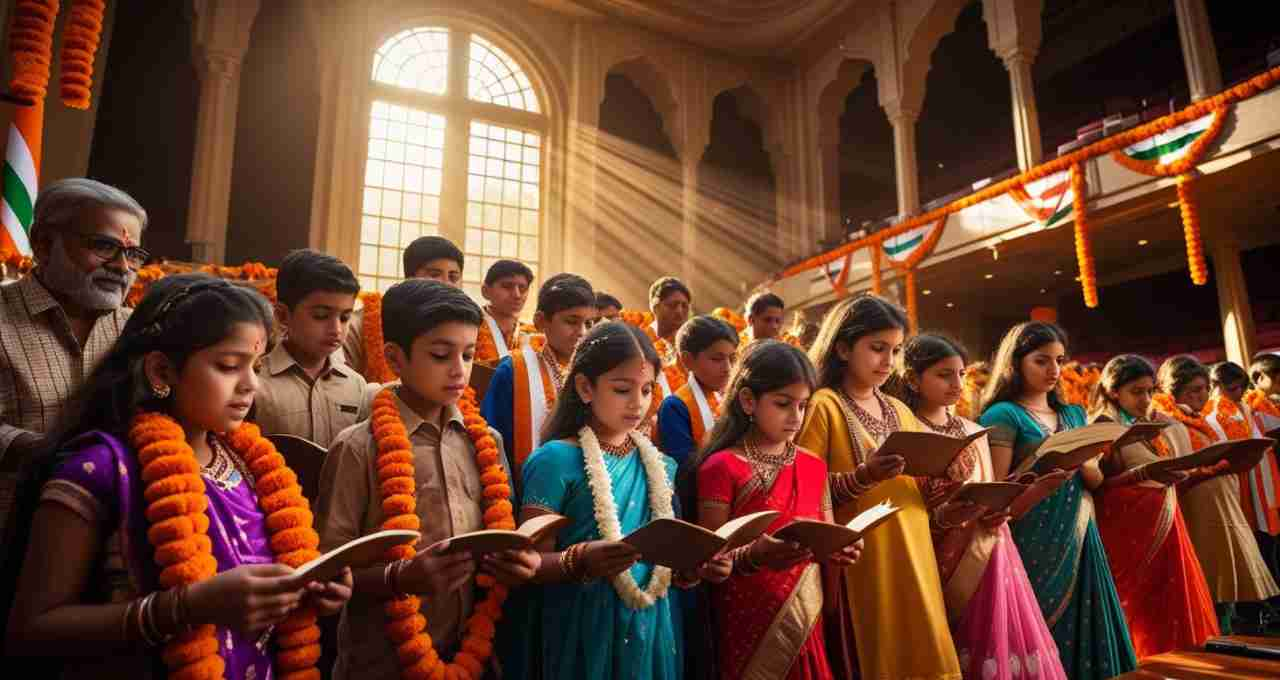
Technological advancements have provided new opportunities for Hindi. Today, Hindi social media posts, blogs, web portals, YouTube channels, and podcasts are widely available. The number of Hindi news portals, digital magazines, and mobile apps has increased rapidly.
Global companies like Google, Facebook, Twitter, WhatsApp, and YouTube are now prioritizing Hindi. Consumption of Hindi digital content is growing in many countries worldwide.
Hindi's Growing Influence on the World Stage
Hindi is now one of the world's major languages, not just India's. It receives recognition at platforms like the United Nations, the World Hindi Conference, and Pravasi Bharatiya Divas (Non-Resident Indian Day).
With over 600 million speakers, Hindi has become the third most spoken language globally. Large numbers of people speak and understand Hindi in the USA, Mauritius, Fiji, Nepal, South Africa, Suriname, Canada, the UK, and Gulf countries.
Glorious History of Hindi Literature
- Hindi literature has witnessed diverse periods:
- Bhakti Movement: Saint-poets like Kabir, Surdas, Tulsidas, and Mirabai brought Hindi to the masses.
- Ritikal (Classical Period): Poets like Bihari, Keshavdas, and Padmakara balanced श्रृंगार (romanticism) and bhakti (devotion).
- Modern Period: Writers like Premchand, Jaishankar Prasad, Mahadevi Verma, Suryakant Tripathi 'Nirala', and Harivansh Rai Bachchan elevated Hindi to literary heights.
- Even today, Hindi continues to flourish in novels, poetry, drama, journalism, and films.
How to Encourage Hindi?
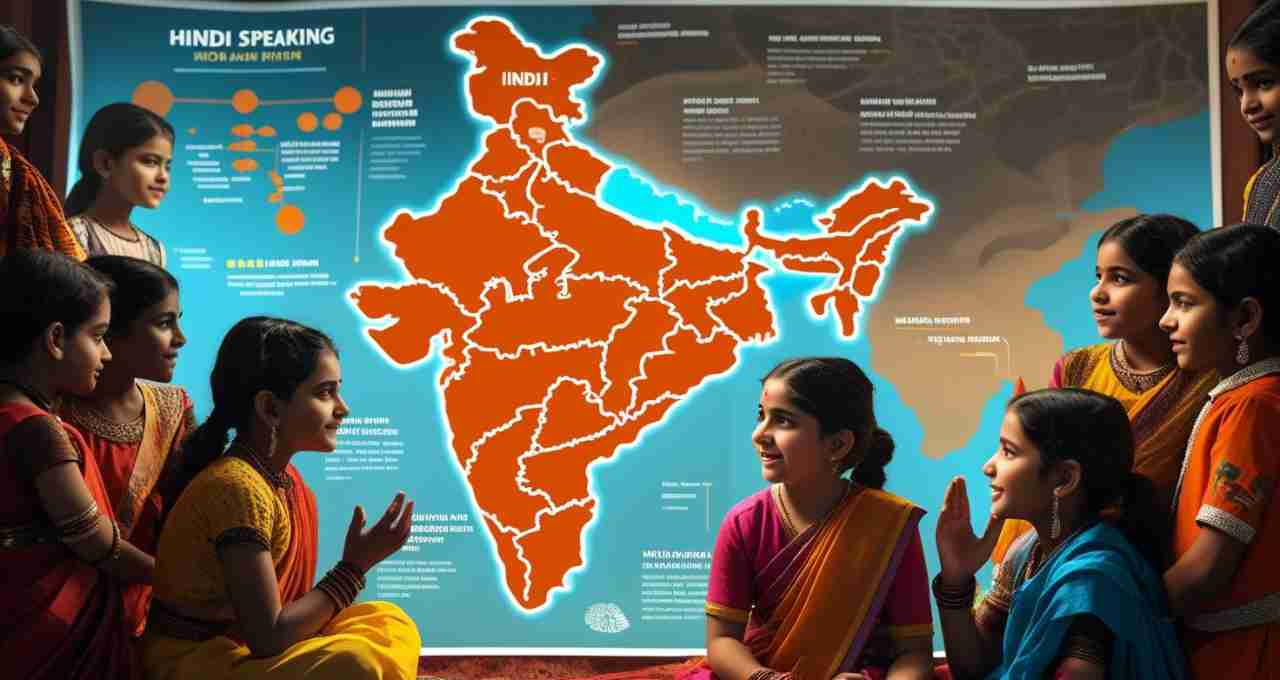
- Instead of limiting Hindi to speeches and ceremonies, we should adopt it in practical life.
- Promote Hindi teaching in schools and colleges.
- Increase the use of Hindi in offices.
- Communicate in Hindi on social media and digital platforms.
- Read and teach Hindi literature.
- Teach children respect for the Hindi language from an early age.
Hindi is not just a language; it is the soul of Indianness. It is the bridge that connects every corner of the country. Celebrating Hindi Diwas is not just a ritual, but a responsibility to honor our mother tongue and secure its bright future.
We should be proud to be associated with a language that is simple, elegant, and sensitive. Let us all pledge to adopt and promote Hindi not merely as a "language" but as an expression of our culture and the soul of our nation.
